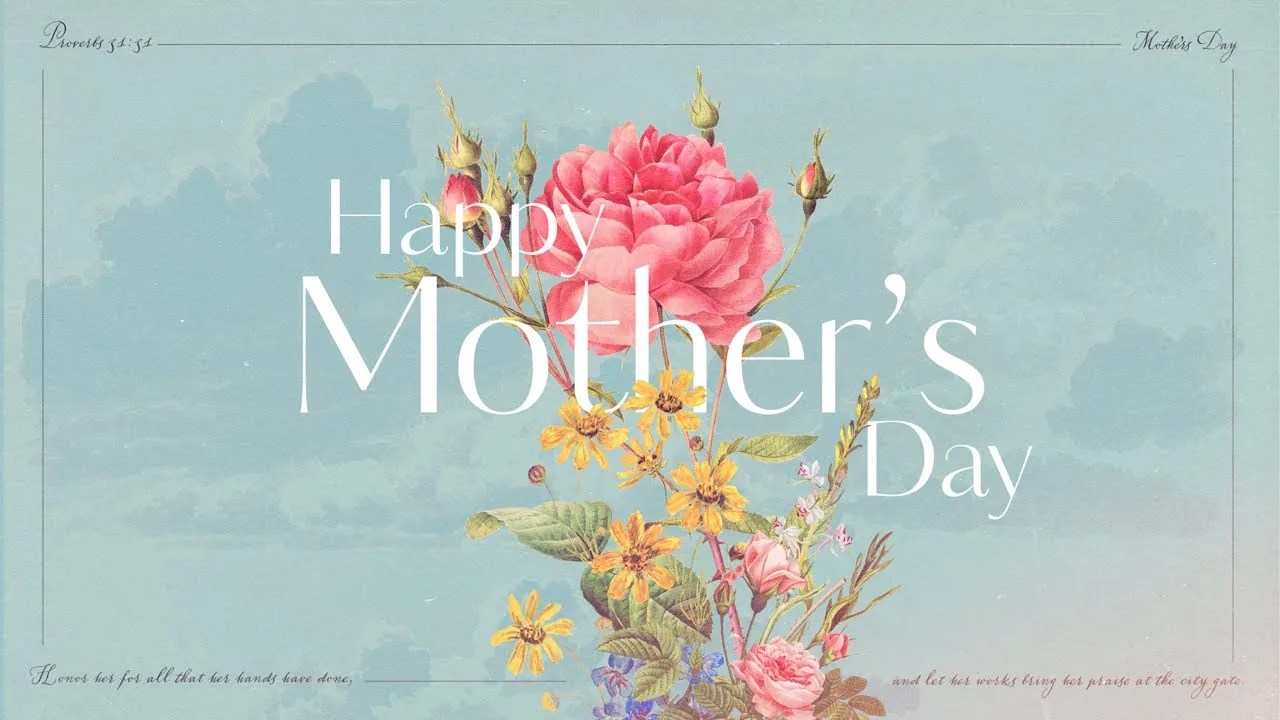Why Netflix’s ‘Mary’ is Sparking Controversy and Captivating Audiences
In a bold move that has set the entertainment world ablaze, Netflix’s latest biblical drama “Mary” has become the most talked-about film of the year, dividing audiences and religious communities with its provocative portrayal of one of Christianity’s most revered figures.
The film, produced by controversial megachurch pastor Joel Osteen, takes a radical approach to Mary’s narrative, blending supernatural thriller elements with historical drama in a way that has left viewers and critics equally perplexed. Sources close to the production suggest that the intention was to make the biblical story more accessible to younger audiences, but the execution has proven to be anything but straightforward.
Casting Controversy and Cultural Tensions
At the heart of the film’s controversy is the casting of Israeli actress Noa Cohen as Mary, a decision that has ignited intense debate about cultural representation and historical accuracy. Religious scholars and Palestinian advocates have been vocal in their criticism, arguing that the casting overlooks the complex historical and cultural context of biblical figures.
One prominent religious commentator noted, “This isn’t just about an actor – it’s about the erasure of cultural nuance and historical context.”
Key Points of Contention
- Historical Inaccuracies: The film takes significant liberties with biblical narratives
- Casting Choices: Controversy surrounding the representation of Mary
- Violent Imagery: Gratuitous scenes that challenge traditional spiritual narratives
- Theological Misrepresentation: Departure from traditional religious interpretations
Social Media and Public Response
The film has become a lightning rod for online discussion, with social media platforms erupting in passionate debates. Hashtags related to the movie have been trending globally, with users expressing everything from outrage to enthusiastic support.
Netflix appears undeterred by the controversy. Industry insiders suggest that such polarizing content often drives increased viewership, a strategy the streaming giant has successfully employed in the past.
Critical Reception
Professional critics have been equally divided. Some praise the film’s innovative cinematic techniques and bold storytelling, while others condemn it as a misguided attempt to modernize a sacred narrative.
“It’s a fascinating experiment in storytelling that ultimately fails to capture the spiritual essence of Mary’s journey,” wrote one prominent film critic.
Technical Achievements
The film does demonstrate remarkable technical prowess, utilizing cutting-edge special effects to bring biblical scenes to life. Cinematographic innovations include:
- Immersive supernatural sequences
- Historically detailed set designs
- Innovative visual storytelling techniques
Broader Implications
Beyond the immediate controversy, “Mary” represents a larger trend in media’s approach to religious narratives. It raises critical questions about representation, artistic interpretation, and the delicate balance between creative expression and cultural sensitivity.
Religious communities have not remained silent. Conservative Christian groups have called the film “blasphemous”, while more progressive organizations see it as an opportunity for dialogue and reinterpretation.
The Future of Religious Storytelling
As streaming platforms continue to push boundaries, “Mary” serves as a pivotal moment in how biblical stories might be told in the future. It challenges viewers to reconsider traditional narratives and engage with spiritual stories in more complex, nuanced ways.
Final Thoughts
Whether viewed as a provocative masterpiece or a misguided attempt at reimagining a sacred story, Netflix’s “Mary” has undeniably succeeded in capturing global attention. It reminds us that art has the power to challenge, provoke, and ultimately spark meaningful conversations.
Disclaimer: The views and opinions expressed in this article are those of the sources and do not necessarily reflect the official policy or position of this publication.
Word count: 1,052






Leave a Comment